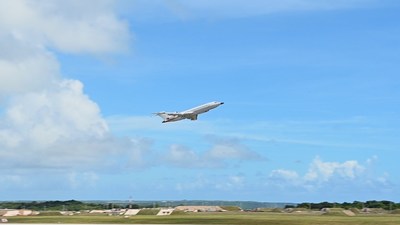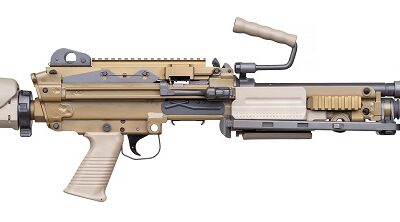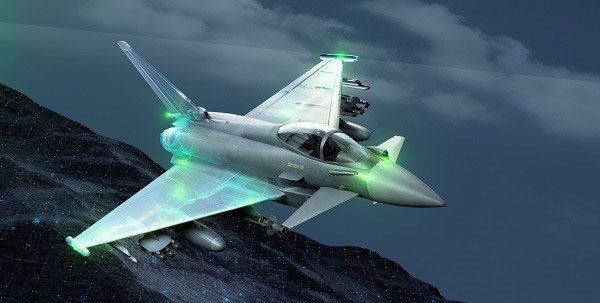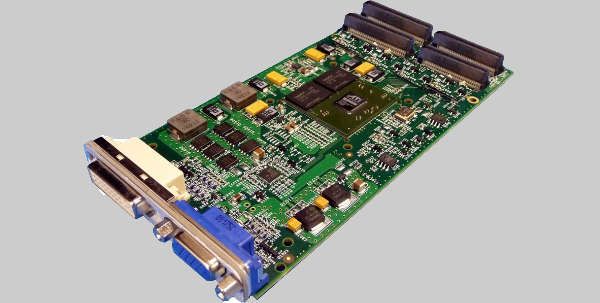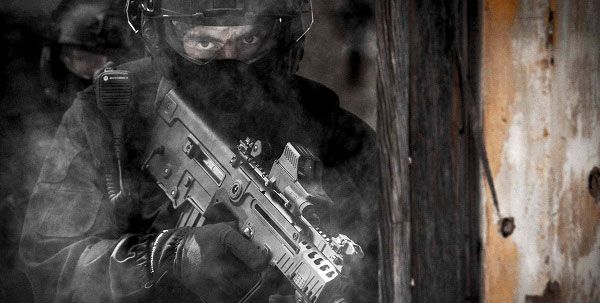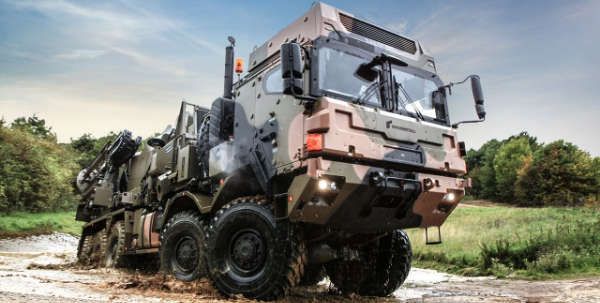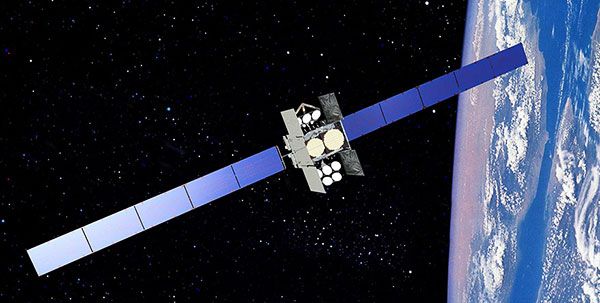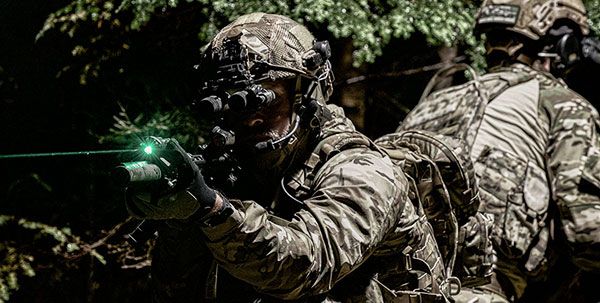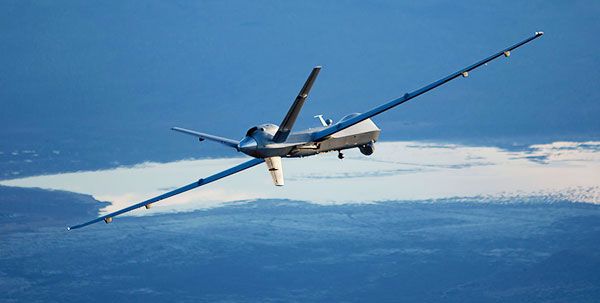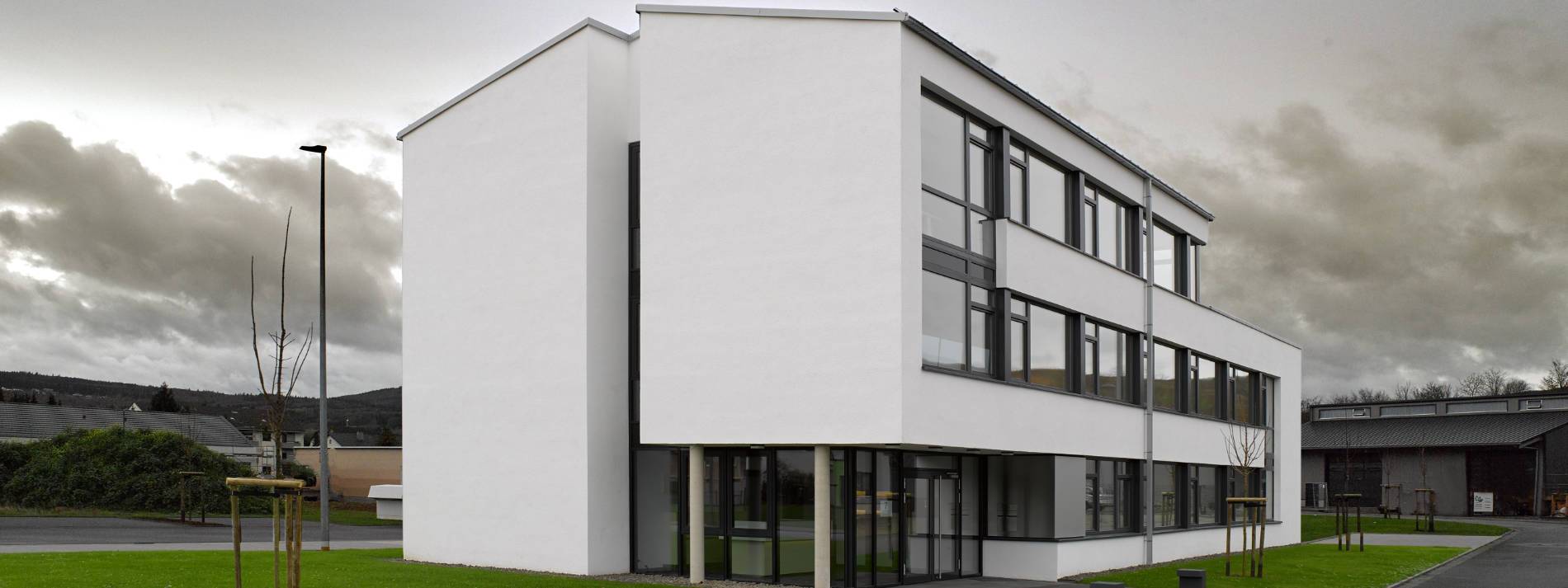Proven Capacity to Collect, Process and Distribute Targeting Data
During Exercise Valiant Shield this month, Raytheon Intelligence & Space successfully demonstrated the ability to collect data on a simulated sea-based threat, and to share targeting solutions with distributed defence systems across the Western Pacific — a key test of the company’s Joint All Domain Command and Control (JADC2) infrastructure.
Raytheon’s Multi-Program Testbed (RMT) — a converted Boeing 727 — used a combination of radar and electronic intelligence sensors to characterise the simulated threat. Onboard processors then synthesised the data in seconds, to create a comprehensive targeting solution that was passed to tactical platforms. “In the multi-domain fight, seconds could mean the difference between victory and defeat,” explained Eric Ditmars, President of Secure Sensor Solutions. “This experiment shows we can deliver synthesized, multi-source data to commanders faster than ever, giving them a decisive battlefield advantage.”
Raytheon’s RMT, along with a KC-135 aircraft, four US Navy F/A-18 fighters and a C2 station on the US mainland shared data rapidly in the simulated, highly contested environment. This scenario demonstrates Raytheon’s ability to provide successful machine-to-machine communications capabilities to share information securely across multiple sensors and defence systems. “Bringing these capabilities to the field gives us the highest degree of confidence in their real-world applicability,” said Ditmars. “It allows us to stress test them in operational environments and accelerate their maturity.”
Valiant Shield 22 is a US-only, biennial field training exercise that builds real-world proficiency in sustaining US forces through detecting, locating, tracking and engaging units at sea, in the air, on land, and in cyberspace, in response to a range of mission requirements.

